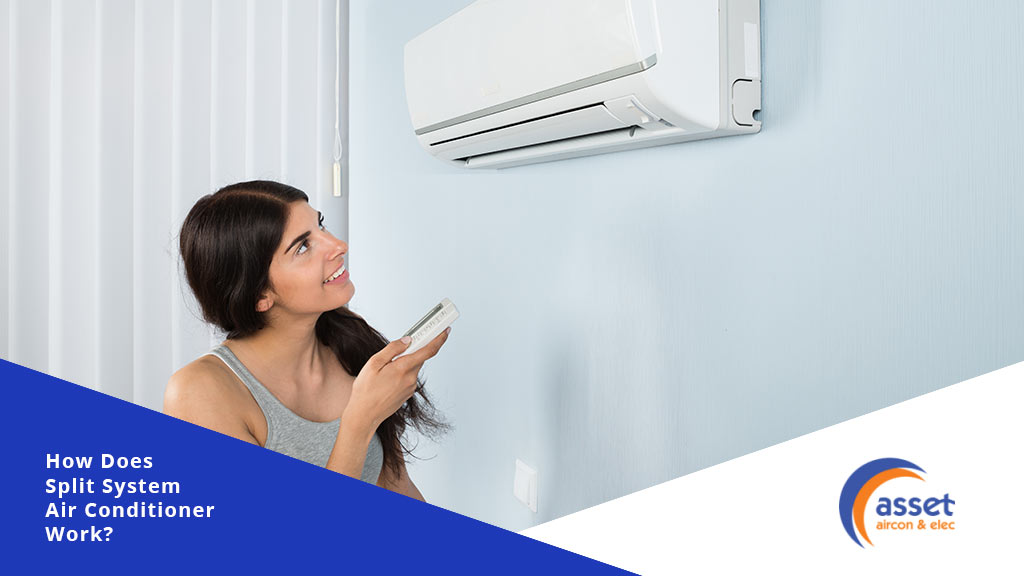Split system air conditioners and window air conditioning units are the two most common types of air conditioners on the market. Although new varieties are being introduced, these two continue to remain the most popular. In this article, we will go over how split system air conditioning works in great detail.
People favour split system air conditioners over window units, and they currently account for about 70% of the market. We, as buyers, are only interested in the most up-to-date technologies available in split air conditioners. It’s necessary to understand the function of a split system air conditioner in order to comprehend why it’s called that. Air conditioner maintenance and servicing should be done regularly to avoid costly repairs later.
How does a split system air conditioner work?
The refrigerant is stored in the outdoor unit of a split system air conditioner. The refrigerant is a gas that is pumped into the compressor under pressure. A ducted air conditioning unit has multiple ducts or tubes through which the gas travels. Later, this condenses into a liquid state. After passing through the expansion joint, the liquid is transformed to a gaseous condition. In the process, a significant quantity of heat is released.
The resulting gas is called refrigerant because it is used to cool air at a very low temperature. As the gas goes back into the compressor, this is a cyclic process that continues. The air in your room passes through the evaporator coils-filled chamber. These coils chill the air by containing gas at extremely low temperatures.
The temperature is controlled by the thermostat found within air conditioning systems, and the air remains in the evaporator until the required temperature is reached. After that, it is blown into the room.
As a result, the warm air is sucked in and cooled before being blown back into the room by your split system air conditioner. During this procedure, the moisture in the room condenses and is subsequently removed through a drain pipe in the outdoor unit. If your air conditioning unit’s cooling is affected, something is likely wrong with the condenser component, for which you can seek professional assistance from the company’s AC repair services.
Why are they called Split Air Conditioners?
Split system air conditioners get their name from the fact that they contain two components. A metal cabinet is located outside, while the air handler, which houses the evaporator coil, is located inside. The condenser and compressor are both found in the outdoor unit, and a pipe or duct connects them. Several ducts connect various rooms when using central air conditioning, and several ducts connect different rooms
The core difference between a packaged unit and a split system air conditioner is the way they are built. The packed unit combines all of the components into a single unit. This entails that the condenser, evaporator, compressor, and thermostat are all housed within the same metal cabinet.
Because it can be positioned anywhere in your basement or just on the opposite side of the wall, the split unit is more of a space saver and easy to install. In the case of central air conditioning, though, you’ll need a suitable roof location for the packaged unit. In comparison to split air conditioners, packaged air conditioners use more energy.
Most brands now include Inverter technology in their split systems, making the air conditioners more energy-efficient and silent. Unlike packaged units, inverter split ACs have the capacity to handle the voltage and current changes.
Indoors, split system air handlers are used to increase the life of the air conditioner filters and evaporator coils.
You do not have to let the technician into your home if the AC needs to be repaired. Repairs can be conducted straight to the exterior unit, depending on the problem, without causing any disruption inside.
Another issue is efficiency. People are concerned about electrical consumption, which is easier to manage with a zone cooling system.
Individual ductless units in a room are not operational unless they are turned on. On the other hand, the compressor is always ready, and starting and shutting down is less expensive with this method.









